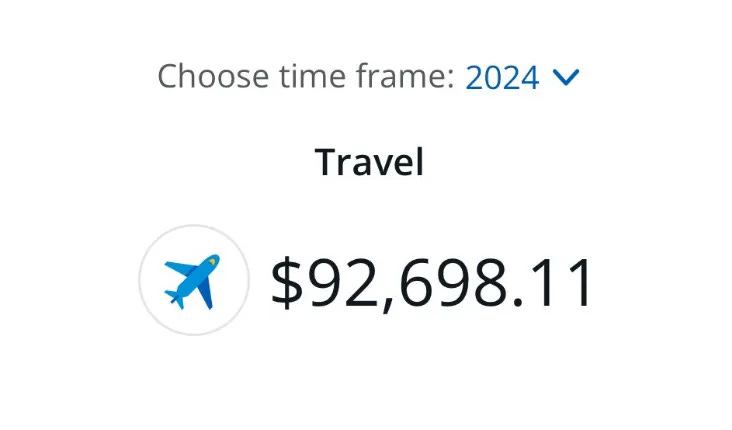The Cost of Competing on Tour: Michael Kim Reveals the Price at Golf’s Highest Level
From $100,000 in Travel Expenses to the Mental Toll of Staying Competitive, Pro Golf Isn’t All Glamour
Professional golf isn’t all luxury jets and five-star hotels—for many, it can be an expensive grind. Just ask Michael Kim. The 31-year-old pro recently shared that he spent nearly $100,000 on travel and accommodation alone during the 2024 PGA Tour season. That’s without splurging on private flights or even business class. If you think pro golfers have it easy, think again.
Kim, currently ranked 155th in the Official World Golf Rankings, has carved out a solid career since turning pro in 2013. He’s best known for his impressive win at the 2018 John Deere Classic, finishing eight strokes ahead of the competition. Yet, while his career earnings exceed $7 million, the financial toll of competing at golf's highest level can’t be ignored.
In an X post, Kim shared the realities of his travel expenses, sharing a screenshot of his $92,698.11 bill for flights and hotels across 30 tournaments in 2024. “Zero dollars spent on private flights, and rarely business class,” he noted. “Can’t imagine what the top guys are paying… At least I’m racking up some credit card points!”
He added that his 2023 expenses were even higher due to competing in the Open Championship and playing in 32 events.
Despite earning $1.48 million this year, including a T5 finish at the Shriners Children’s Open, Kim’s transparency highlights the financial challenges faced by players outside the sport’s elite tier. It’s a stark reminder that success in professional golf comes with more than its share of costs—both literal and metaphorical.
For most professional golfers, the reality is that success on the course doesn't always translate into financial freedom. While household names like Rory McIlroy and Scottie Scheffler routinely earn big checks, command huge endorsement deals, and travel in style, most players operate on a much tighter budget. Every dollar spent on flights, hotels, caddies, coaching, and equipment cuts into earnings, and for those hovering near the cut line each week, the margins can be razor-thin.
Players who don’t make the cut in a PGA Tour event typically earn nothing for that week’s work. That means all of those expenses come straight out of pocket. For golfers ranked outside the top 100, where consistent finishes in the money are less certain, one bad stretch of tournaments can quickly turn into a financial strain.
Even for players who do make the cut, the payout structure heavily favours the top finishers. A T40 finish, for example, might earn a player enough to cover expenses but hardly a windfall once taxes and other costs are factored in. Add in the fact that many players rely on sponsorship deals to offset these expenses, and it becomes clear how crucial those brand partnerships are for survival on tour. That said, not every player you see on screen gets a lot of money for endorsing brands, many only receive free products. That’s a nice perk but it doesn’t help with the mortgage payments.
The financial strain isn’t just a numbers game—it’s a mental one, too. Golf is already one of the most mentally demanding sports, requiring unwavering focus and composure over hours of play. When a player knows they’re not just competing for a trophy but also to cover next week’s travel expenses, their caddie's salary, and to pay the bills at home, the pressure can be suffocating.
Michael Kim’s openness about his costs brings this reality into sharper focus. His post wasn’t just about dollars and cents—it was a reminder of the unique challenges faced by players who don’t live in the top tier of the sport. For them, every missed putt or poor round doesn’t just mean falling down the leaderboard; it can mean financial pressure for themselves, their families, and the families of their team.
Kim’s willingness to share some numbers is part of a growing conversation about the realities of professional golf. While the sport’s top players enjoy immense wealth and prestige, the majority of professionals are fighting week in and week out just to stay afloat. This transparency helps bridge the gap between perception and reality, offering fans a more nuanced understanding of what it takes to compete at the highest level.
So, next time you see a player battling to make the cut on a Friday afternoon, remember: they’re not all just playing for glory. Some are playing for a paycheck that keeps their dreams alive for another week.
Thanks for reading, David Skilling.


